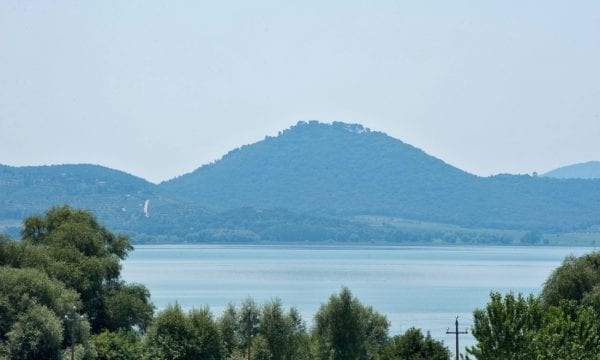ASSISI
Assisi counts 27,889 inhabitants and sits on the western flanks of Mount Subasio overlooking the verdant central Umbrian valley bathed by the Chiasco and Topino rivers. Assisi is famous as the birthplace of both Saint Francis, the patron saint of Italy , and Saint Claire.
Although the city has its origins in Roman times, its aspect is that of a medieval city, with massive stone edifices, important religious landmarks, tiny alleyways and cosy piazzas where the people gathered to socialise.
The oldest part of the city is encircled by a massive defensive wall with eight fortified entrance gates, all still in fine condition. At the crux of this impressive structure are the imposing Rocca Maggiore, constructed at the behest of Cardinal Albornotz in 1367, and the Rocca Minore, the smaller fortress. Assisi is rife with vitally important buildings that belong to the Christian heritage of saints Francis and Claire. Tourists can visit the many churches that dot the city: the Basilica of St Francis, the Church of Saint Claire , Saint Peter and Saint Rufino, just to name a few. The Basilica was erected between 1257 and 1265, and Saint Claire’s church, just a bit older, is decorated with an elegant door and three rose windows. The Duomo is dedicated to St. Rufino and still sports its original sculptured and decorated façade, while the inside has been renovated over the centuries, altering its 13th century plan.
On Assisi’s main Piazza del Comune, where the Roman forum once was, stand the Piazza dei Priori (1337), the 13th century Palazzo del Capitano del Popolo and Minerva’s temple, built during Emperor Augustus’s reign and still boasting its Corinthian columns and capitals intact. Not far from here, one can visit some of the places that marked Saint Francis’s remarkable life, like the Eremo delle Carceri in the woods on the mountain’s slope, and the convent of San Damiano which rises around the oratory where, tradition has it, the Cross spoke to Francis.Further out of town one finds the imposing Basilica of Santa Maria degli Angeli, built between 1569 and 1679 to protect the Porziuncola Chapel, the humble country chapel that was the first Franciscan friars’ meeting place.
Those lucky enough to visit this amazing town will agree that its beauty goes far beyond the monuments and buildings themselves, all of which we have obviously not been able to list, but must be sought in the extraordinary atmosphere that reigns here, in the history and in the unshakeable faith of a humble servant of God, Saint Francis.
